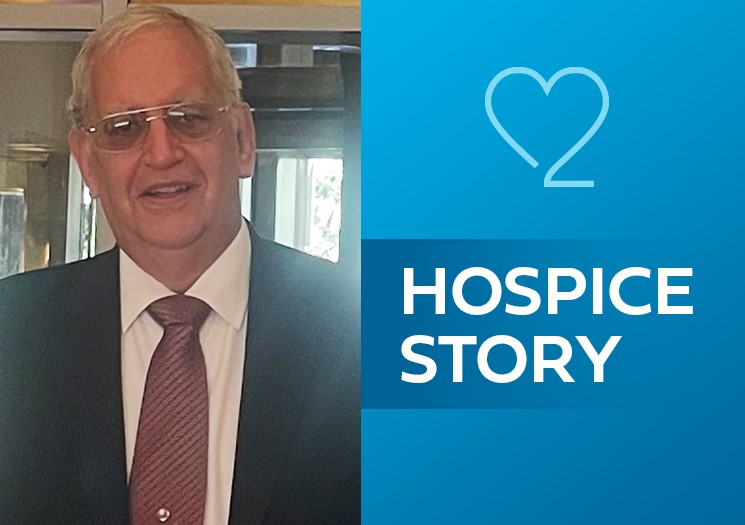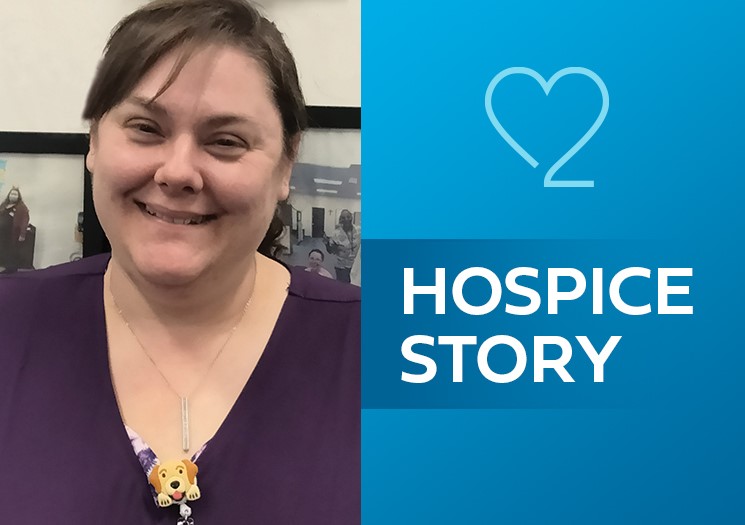- Find a Provider
-
Services
-
Redeemer Health provides compassionate care across every stage of life.
- View all Services
-
- Patients & Visitors
- Locations
- Careers
The Difference Between Palliative Care and Hospice
November 5, 2019
categories:

Palliative and hospice care are specialized care choices for people with chronic or terminal illnesses. With a focus on personal goals and quality of life, both types of care center around comfort care. But palliative care can begin at diagnosis, and at the same time as treatment, whereas hospice care begins once treatment of the disease has stopped and it’s clear the person will not survive.
Palliative Care
The goal of palliative care is to help people with serious illnesses feel better and improve quality of life for both patient and family. With the help of a multidisciplinary team, palliative care prevents or treats symptoms and side effects of disease and treatment. In palliative care, you do not have to give up treatment that might cure a serious illness. The palliative team can assist with medication management, care coordination, and any emotional, social, practical, and spiritual problems that illnesses can bring up. A palliative care consultation team is made of doctors and nurses, and includes others such as social workers, nutritionists, and chaplains.
Palliative care usually takes place at the facility where a patient will receive treatment. It can be administered in the home, but it’s most common to receive this type of care at the hospital, extended care facility, or nursing home associated with the palliative care team.
If the doctor or the palliative care team believes ongoing treatment is no longer helping, there are two possibilities - a transition to hospice care if the doctor believes the person will die within 6 months, or, the palliative care team’s effort continues, with increasing emphasis on comfort care.
Hospice Care
Hospice care includes palliative care and is reserved for terminally ill patients during the last 6 months of life, assuming their disease takes its normal course. As with palliative care, hospice provides comprehensive comfort care as well as support for the family, but attempts to cure the person's illness are stopped.
Hospice care is most often provided in a patient’s home – regardless of whether it’s a house, apartment, nursing home, assisted living facility or other setting. It also brings together a team of people with special skills working together with the person who is dying, the caregiver, and/or the family to provide medical, emotional, and spiritual support. The hospice team can coordinate care, durable medical equipment, counseling, companionship and bereavement services. This kind of care can help with such daily activities as administering medications, bathing, and dressing, but does not provide full time caregivers. Although a hospice nurse will visit frequently and help is available by phone 24/7, hospice requires that a willing, able and available caregiver be in the home unless alternate arrangements are made.
Accessing Care
If you think palliative care or hospice may be appropriate for you or a loved one, discuss the options with your physician. Both palliative and hospice care are usually covered by most insurance plans, including Medicare.
For more information regarding the palliative care or hospice programs through Holy Redeemer please contact Holy Redeemer Home Care at 888-678-8678.



